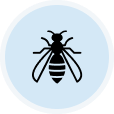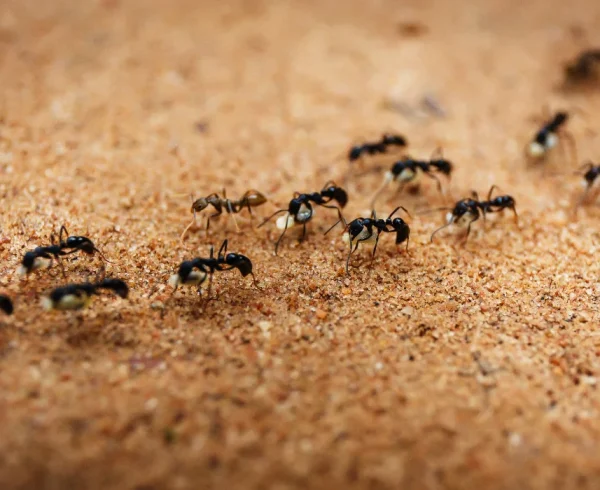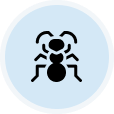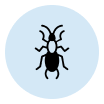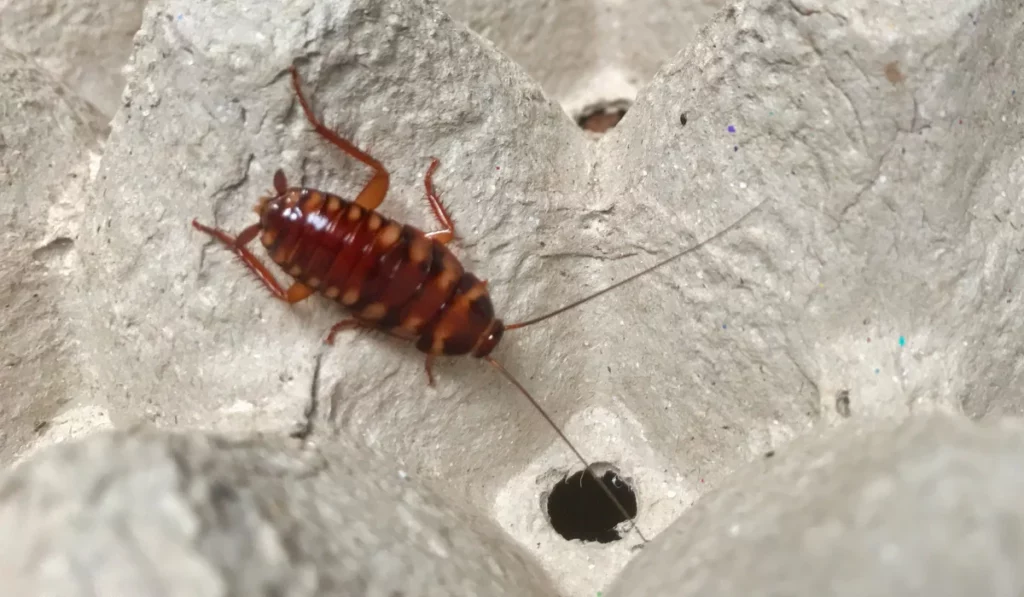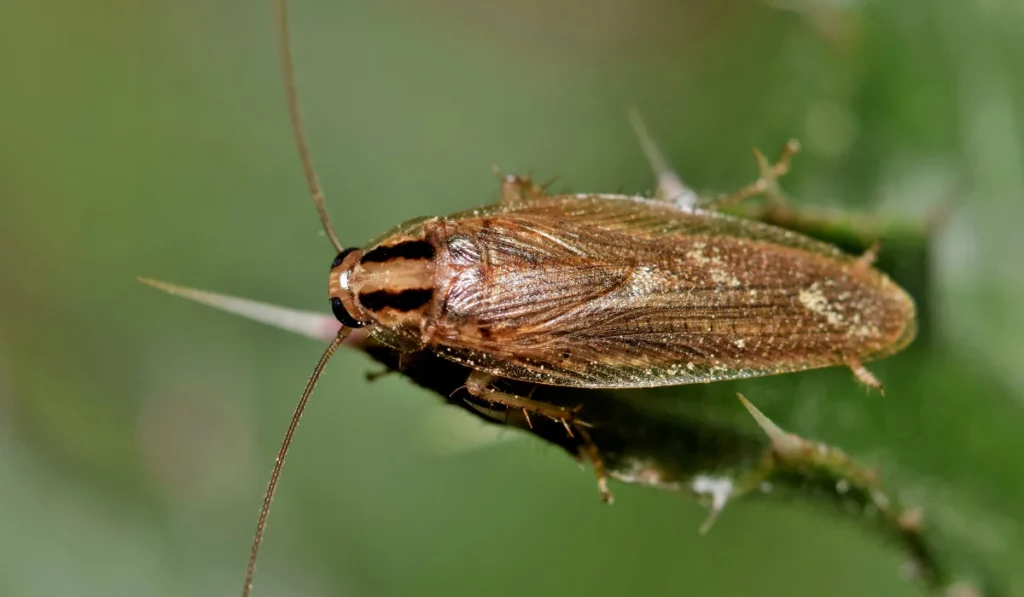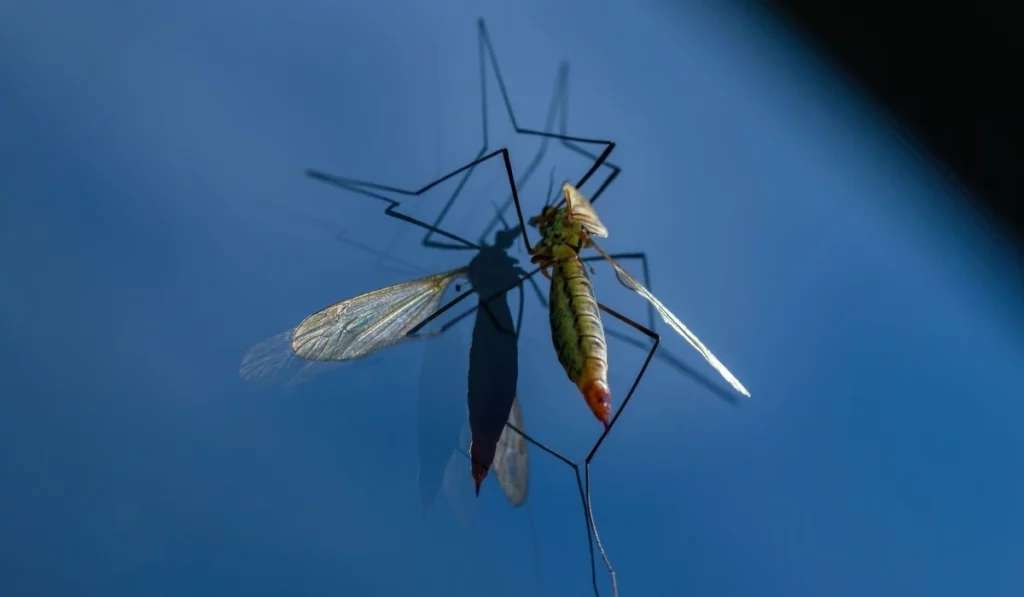If you’re a California homeowner, chances are you’ve encountered little black ants in or around your home. These tiny invaders are one of the most common ant species in the state, and their ability to thrive in diverse environments can make them a persistent nuisance.
Here’s everything you need to know about little black ants, their habits, and how to keep them at bay.
Key Takeaways
- Little black ants are common in California homes, sneaking inside for food, water, and cozy nesting spots.
- These tiny ants aren’t dangerous but can contaminate food and multiply quickly if left unchecked.
- Keeping ants out means sealing cracks, tidying up food, and managing outdoor debris like stumps and overgrown plants.
- When DIY steps don’t work, professional pest control services can identify nests and stop infestations for good.
What Are Little Black Ants?

Little black ants are small, shiny black ants measuring about 1/16 to 1/12 of an inch. They’re a common ant species found across California, particularly in Southern California and the San Francisco Bay Area.
These ants often build their nests in soil, wall voids, and even inside woodwork. They are drawn indoors by food sources left on countertops or floors.
They typically invade homes in search of:
- Food: Honeydew from aphids, sweet substances, and proteins.
- Water: Moist environments like kitchens, bathrooms, or leaky areas.
- Shelter: Wall voids, baseboards, or woodwork provide excellent nesting spots.
Are Little Black Ants Dangerous?
While little black ants don’t have a stinger and are not known to bite humans, they can contaminate food and spread bacteria as they move through your home. Their colonies can grow quickly, leading to large infestations if not addressed.
How to Get Rid of Little Black Ants
If little black ants are making themselves at home, here are some simple steps you can take to send them packing:
- Use caulk to seal cracks, crevices, and gaps around windows, doors, and baseboards. Pay special attention to areas where plumbing enters the home.
- Keep food sealed in airtight containers, wipe down countertops, and clean up crumbs promptly. Don’t forget to store pet food securely.
- Fix leaky pipes and ensure good ventilation in damp areas to reduce the ants’ access to water.
- Place ant bait stations near ant trails or entry points. Worker ants will carry the bait back to the ant colony, targeting the entire nest.
- For persistent infestations, contact a pest control service. Experts can identify the nest locations, apply targeted treatments, and offer prevention tips.
How to Prevent Little Black Ant Infestations
Keeping your home ant-free starts with these simple but effective steps:
- Regularly sweep and vacuum floors, especially in kitchens and pantries.
- Remove stumps, debris, and fallen leaves where ants might nest.
- Keep bushes and trees trimmed to avoid contact with your home, which can act as a bridge for ants.
- Apply non-toxic deterrents around entry points to discourage ants from entering.
These steps will help reduce the likelihood of a little black ant infestation and other species, such as Argentine ants, odorous house ants, carpenter ants, and pharaoh ants.
When to Call a Professional
If you’ve tried DIY methods and still notice ant activity, it’s time to call in the experts.
At Simple Pest Management, we offer comprehensive ant control services across San Diego, Riverside, Sacramento, and West Placer counties. Our team uses eco-friendly methods to address infestations and prevent future ant problems.
For tailored pest control solutions, call today for a free estimate wherever you are in Southern California.


